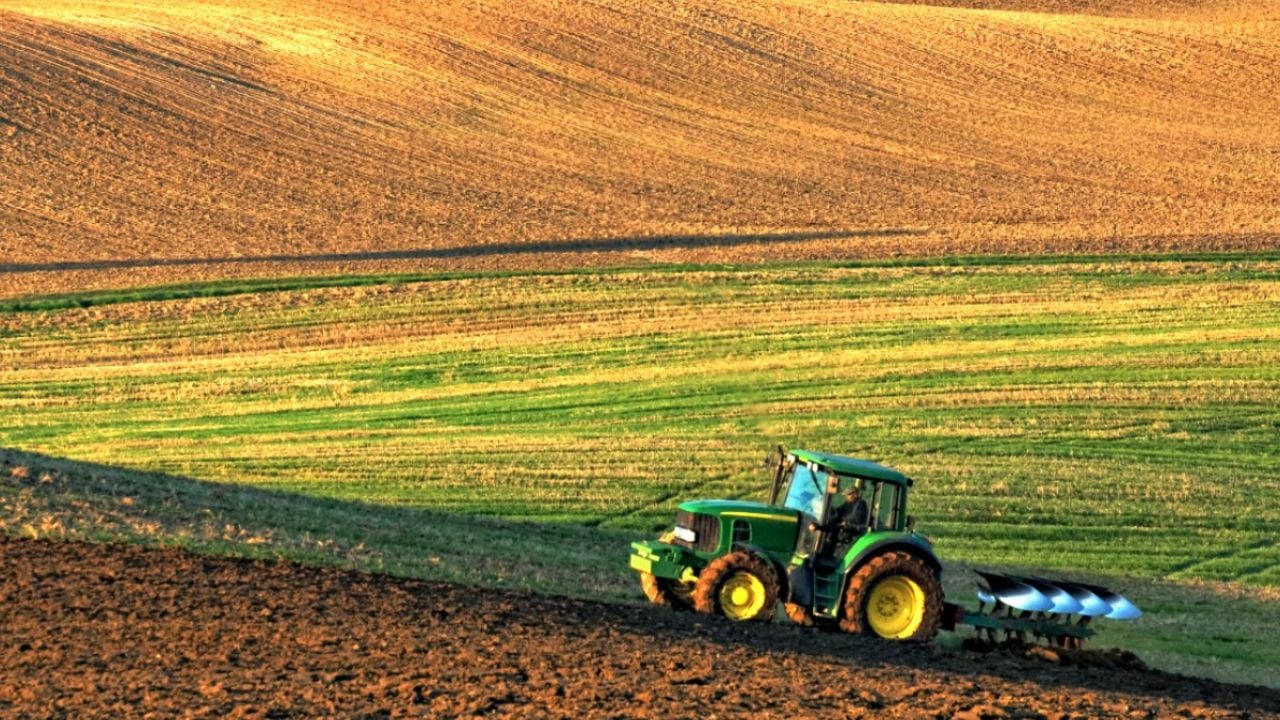
The latest federal Census of Agriculture shows that more farms are adopting conservation practices that can help keep drinking water clean and slow climate change. But it also shows that much more ambitious action will be needed to actually address those challenges.
According to the Department of Agriculture’s census report, which compiles data for 2017, the amount of cropland planted with cover crops increased that year, to 15 million acres, up from 10 million acres in 2012. Cover crops can significantly reduce soil erosion and fertilizer, manure, and pesticide runoff into nearby waterways.
“Why is that important? That means those farms are contributing less greenhouse gas emissions or capturing more carbon in the soil, which is what we want to happen,” Agriculture Secretary Sonny Perdue said after the census was released.
Last year, the National Climate Assessment – a sweeping report by more than 300 scientific experts guided by a 60-member federal government advisory committee – included the adoption of cover crops as one of the tools farmers can use to address climate change.
Of the 396 million acres of U.S. cropland, in 2017 fewer than 4 percent were planted with cover crops. That’s a 50 percent increase from 2012, but it still shows that far too many farmers are not taking the steps necessary to mitigate agricultural pollution.
In 2017, just over 200 million acres were farmed using no-till or reduced tillage practices, increases of 8 percent and 28 percent, respectively, over 2012. Intensive tillage practices decreased by 24 percent, from 105 million acres in 2012 to 80 million acres in 2017.
This is welcome news for the climate, because no-till and reduced tillage improve retention of carbon in the soil and minimize carbon emissions from soils, according to USDA. But only half of total cropland was devoted to no-till or reduced tillage practices.
The number of renewable-energy-producing systems on farms more than doubled between 2012 and 2017. The greatest uptick was seen among farms with solar panels, which increased by 150 percent, with a 55 percent increase in wind turbines and a 255 percent increase in geothermal or geoexchange systems. The number of farms with methane digesters also increased, by 27 percent.
Yet despite the gradual trend toward conservation tillage practices, more acres received fertilizer and manure applications – two of the leading sources of agricultural greenhouse gas emissions – in 2017, compared to 2012. Fertilizer and manure applications increased by 6 million acres and 2 million acres, respectively. In Ohio, where manure runoff is a key culprit in the annual blooms of toxic algae in Lake Erie, 100,000 more acres received manure applications in 2017 as compared to 2012.
According to a new report from the Environmental Protection Agency, in 2017, 8.4 percent of total U.S. greenhouse gas emissions came from the agriculture sector. The largest culprits were methane emissions from the livestock digestive process of enteric fermentation and manure management and nitrous oxide emissions from soil management and fertilizer application. Although U.S. methane emissions have fallen overall, emissions from agriculture have increased, largely due to enteric fermentation.
The use of agrochemicals also increased. Farmers spent more than $17.5 billion in 2017 on pesticides and weedkillers, compared to $16.4 billion in 2012. Pesticides used to combat insects were sprayed on 112 million acres of farm fields, compared to 100.7 million acres in 2012. And herbicides used to fend off weeds were applied to 293 million acres in 2017, up from 285 million in 2012.
As EWG has pointed out, much of the conservation funding provided by the USDA is diverted to less urgent priorities than incentives for reducing emissions from fertilizers and animals.
If Secretary Perdue is serious about reducing greenhouse gas emissions on farms and capturing more carbon in the soil, the USDA will need a much more ambitious plan for dramatically increasing the adoption of cover crops, no-till, nutrient management and other valuable conservation practices on farms.
Thankfully, the 2018 Farm Bill included more than a dozen conservation reforms that will help encourage more farmers to plant cover crops, restore riverside buffers and trees, and apply fertilizer and manure with greater care. Many of the same practices that protect drinking water supplies also reduce greenhouse gas emissions or capture more carbon in the soil.
Congress provided the USDA with the tools, so now is the time to act.



